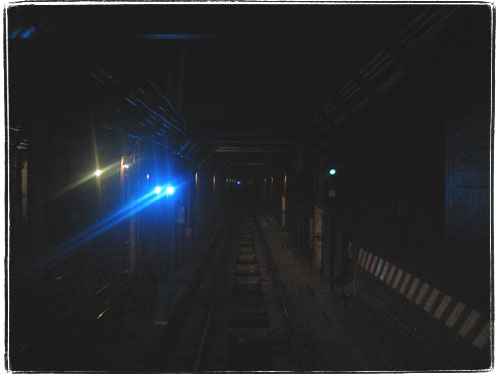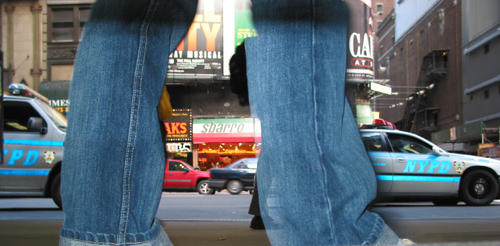Being a fan of photography has its upsides and downsides. On one hand photographers notice more things. Beautiful things. Unusual things. Things that only can be seen through the lens of the camera that lives inside your brain.
On the other, if they don’t have a camera handy, or the batteries are dead, or there’s too little light, or if taking photos is prohibited or just simply not wise – photographers become agitated and miserable. Oh, the most wonderful moments that should be simply enjoyed can be poisoned by worrying about lighting, f-stops above all — the lack of camera in your hands.
The shots that did not happen – those are the worst. They linger in your head for a while, but then the moment passes, and the fata morgana of the perfectly composed and exposed picture dissolves into the bitterness of a missed shot. It’s even worse if you just did not have the guts to take out your fully charged, properly equipped camera and point it’s soul stealing eye at the situations, people, things and places that simply must be photographed.
Let’s see, off the top of my head, three shots that did not happen and still drive me nuts:
1) A young woman occupying the two-person seat of the R40 train (you know, the one next to the cab), bathed in the unearthly greenish glare of fluorescent lights, opposite a guy reading a newspaper and another one dozing. She is as pissed off as can be, the expression on her face a mask of anger, sadness and disgust. Yet she is dressed in a brilliantly colored butterfly costume, with big transparent wings. I just did not have the heart to take out my camera from my bag.
2) A bum sitting in the street, slumped in a cheap computer chair, kind of like the guy on the logo of my website. He rested his head on the handle of a shopping cart filled with ivory colored computer towers and topped with an old CRT monitor, a keyboard and even a couple of mice and modems. I think I even noticed a hub in there somewhere. The yellow plastic of old equipment and the depressed, bearded and unwashed guy would have looked ordinary in a cubicle farm, but outside in the midday New York sun they looked sad and alien. My camera was with me, but I forgot the flash card at work.
3) Japanese museum, a glassed in stand containing a samurai’s suit of armor, surprisingly small in size. The ghostly reflection of a petit Japanese girl’s face just would not line up with the dark opening in front of the horned helmet. The museum was closing, the lighting was dim, and I just did not feel like waiting for the perfect shot.
But then again, there are times when you take a picture, and then feel that you probably should not have. Those primitive people that feel that a photograph steals one’s soul might be onto something. It sure feels that way sometimes.Being a fan of photography has its upsides and downsides. On one hand photographers notice more things. Beautiful things. Unusual things. Things that only can be seen through the lens of the camera that lives inside your brain.

